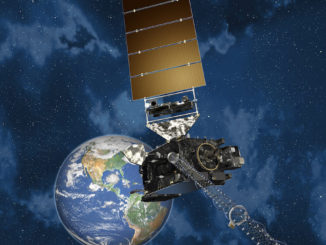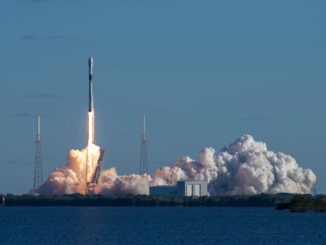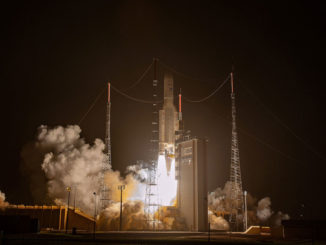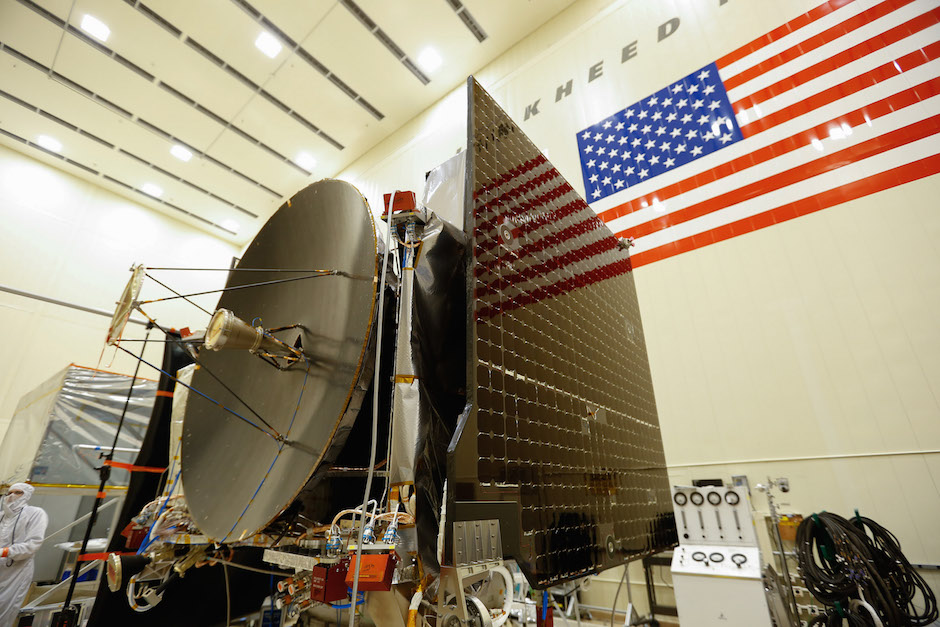
NASA’s first asteroid-sampling probe, OSIRIS-REx, has been assembled at a Lockheed Martin satellite factory in Colorado and is now being tested to ensure it can withstand the harsh journey to an asteroid and back.
The OSIRIS-REx spacecraft is now set for a sequence of tests simulate the conditions it will encounter on a round-trip journey to asteroid Bennu, where it will attempt to retrieve at least 60 grams (2.1 ounces) of material for return to Earth.
OSIRIS-REx is short for Origins, Spectral Interpretation, Resource Identification, Security, Regolith Explorer.
The eight-year journey begins Sept. 3, 2016, when the mission’s 39-day launch window opens. Liftoff from Cape Canaveral will occur aboard a United Launch Alliance Atlas 5 rocket, flying in a rarely-used configuration with one strap-on solid rocket booster.
The mission, with a cost of approximately $1 billion, has a tight window to depart Earth and reach its destination.
“We entered the testing phase right on schedule, but we do have plenty of schedule margin still available as well,” said Erin Morton, OSIRIS-REx’s communications lead at the University of Arizona in Tucson, the home institution for the mission’s chief scientist, Dante Lauretta.
The mission must launch in September or October 2016 or else wait 18 months for the next flight opportunity, a restriction caused by the alignment of Earth and Bennu, a near-Earth object about 500 meters, or 1,600 feet, in diameter.
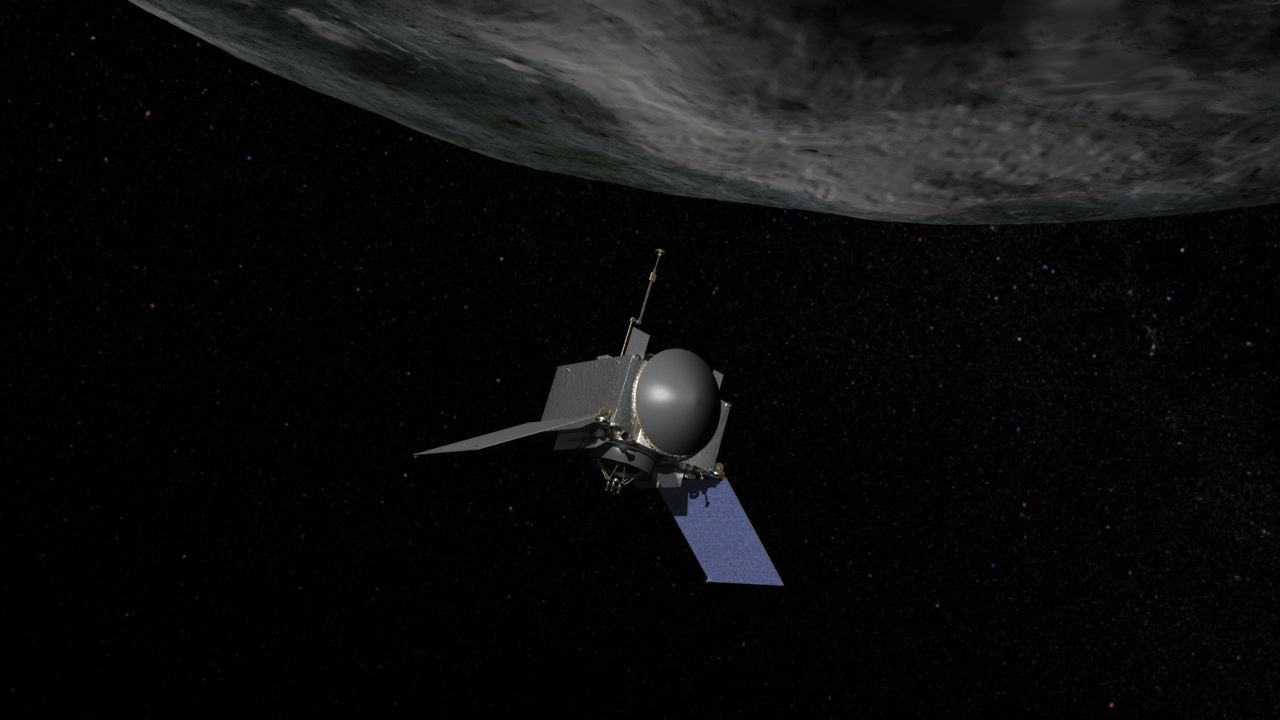
In a business where precision is paramount, calculations have already determined what time the mission must launch to head off on the proper course toward Bennu, Morton said, resulting in an estimated launch window opening at 7:10 p.m. EDT (2310 GMT) and extending 90 minutes each day.
The times could be adjusted slightly as the launch date nears.
The launch period is set to allow OSIRIS-REx, with its five science instruments and sampling mechanism, to arrive at asteroid Bennu in late 2018 after a gravity-assist slingshot flyby of Earth in 2017.
The spacecraft will conduct several touch-and-go maneuvers, dropping to Bennu’s surface and firing compressed gas into the asteroid to force dust and rock fragments into a collection chamber.
OSIRIS-REx is scheduled to drop off a re-entry canister in 2023 with samples collected from Bennu for a parachute-assisted landing in Utah.
Scientists believe the specimens will help them learn about how water and the building blocks of life were delivered to Earth billions of years ago. Asteroids may have played a role in seeding Earth after its formation at the birth of the solar system.
NASA also bills the mission as a pathfinder for future spacecraft that could steer near-Earth objects away from Earth before a potential impact.
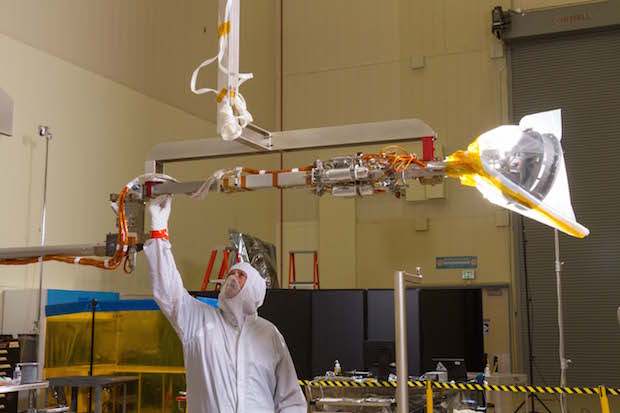
OSIRIS-REx’s road to the launch pad continues over the next five months with a series of environmental tests to mimic the the vibrations and extreme temperatures the spacecraft will experience during launch and interplanetary flight.
“This is an exciting time for the program as we now have a completed spacecraft and the team gets to test drive it, in a sense, before we actually fly it to asteroid Bennu,” said Rich Kuhns, OSIRIS-REx program manager at Lockheed Martin Space Systems. “The environmental test phase is an important time in the mission as it will reveal any issues with the spacecraft and instruments, while here on Earth, before we send it into deep space.”
The test series include acoustic, separation and deployment shock, vibration, electromagnetic interference and thermal vacuum tests, according to NASA.
“This milestone marks the end of the design and assembly stage,” Lauretta said in a statement. “We now move on to test the entire flight system over the range of environmental conditions that will be experienced on the journey to Bennu and back. This phase is critical to mission success, and I am confident that we have built the right system for the job.”
The solar-powered spacecraft will be shipped from Lockheed Martin’s satellite plant near Denver to NASA’s Kennedy Space Center in Florida in May, where will be fueled and encapsulated inside the Atlas 5’s payload fairing, then hoisted atop the rocket weeks before liftoff.
Email the author.
Follow Stephen Clark on Twitter: @StephenClark1.

